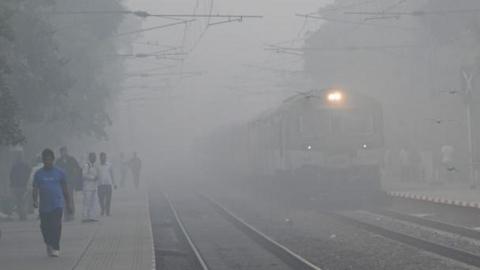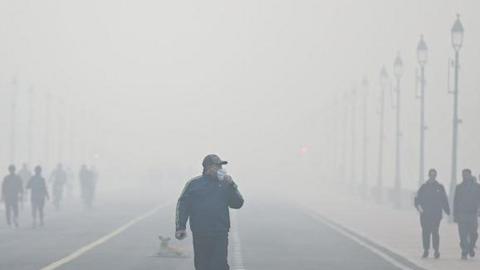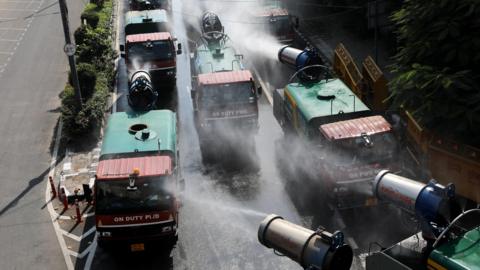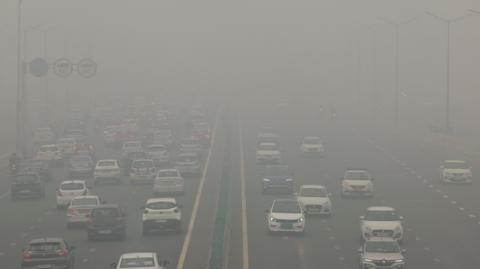Covering this story feels like watching (and being in) the same dystopian film every year - following the same characters, plot and script. The outcome is always the same - nothing changes.
The parks are empty again - people, particularly children and the elderly, have been told to stay indoors.
Those who must work - daily-wage labourers, rickshaw pullers, delivery riders - are coughing but still going out.
Hospitals are seeing an increasing number of people coming in with respiratory problems.
And amid all this, we are back to the same question again - why does nothing change?
The simple answer is that solving Delhi's air problem requires monumental efforts and co-ordination.
The sources of the problem are many. One of them is the practice of farmers burning crop remains to clear their fields quickly to sow seeds for the next yield.
This mostly happens in the neighbouring states of Punjab, Haryana and Uttar Pradesh. The smoke from the farm fires engulfs Delhi every winter and hangs low in the atmosphere as wind speeds reduce during winter months.
But farmers can’t be entirely blamed for this because this is the cheapest way of clearing fields.
Different governments have talked about providing machines and financial incentives to stop crop burning, but very little has happened on the ground.



